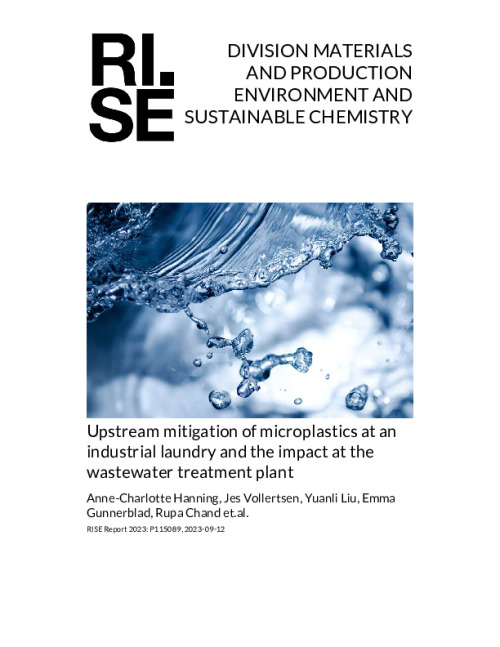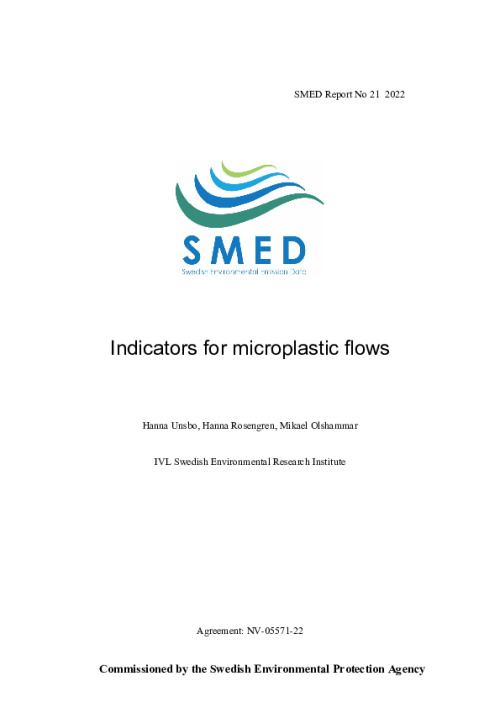Potential policy instruments and measures against microplastics from tyre and road wear
This reports focuses on the emissions of mircoplastics from tyres due to road wear and what potential policy instruments to combat this could look like. Specifiacally the report suggests 35 potential policy instruments out of which 20 have been given a high priority by the authors, advincing the Swedish Government on what future policy to decrease emissions of microplastics.
In this report potential policy instruments and measures against microplastics from tyre and road wear have been mapped, identified, and prioritised. The report has been produced within the framework of a commission from the Swedish Government, received by the Swedish National Road and Transport Research Institute (VTI) in December 2017 to develop and disseminate knowledge about microplastics from road traffic. The assignment states, among other things, that VTI should identify and evaluate potentially effective policy instruments and measures aimed at limiting emissions.
The aim of the report is to identify potential policy instruments and measures that can reduce microplastic pollution of the environment caused by tyre and road wear, and to assess which of these should be prioritised for in-depth investigation or knowledge building. The report covers policy instruments and measures that reduce emissions, spread, and effects of microplastic particles from tyres and road markings in the environment, as well as those that contribute to increasing knowledge within this field. It contains 35 policy instrument and measure headings, under which the potential policy instruments or measures concerned are specified. A total of 58 policy instruments and measures have been described and ranked based on assessed priority. The focus is on policy instruments and measures that help reduce the generation and emissions of tyre particles. This is motivated by the fact that tyre wear is by far the largest source of microplastics from road traffic and that it is generally most effective to take action at the source.
Since there is insufficient knowledge on the impacts of microplastics from tyre and road wear, the risks, and thereby the need for action, cannot be assessed. Further, due to lack of knowledge regarding effectivity of the identified policy instruments and measures it has not been possible to make well-informed and objective prioritisations between them. The assessments nevertheless made regarding which instruments and measures to prioritise (due to assessed needs for knowledge and preventive measures) are therefore more or less uncertain.
Policy instruments and measures have been given one of the following priority levels: Highly Prioritised, Prioritised and Not Prioritised. In most cases, more knowledge is needed before they can be evaluated or implemented, which is why proposals leading to direct measures cannot be given. More than 40 percent of the policy instruments and measures concern promoting research or development, in specific areas or in general.
In summary, a large number of potential policy instruments and measures to reduce microplastic pollution caused by tyre and road wear have been identified and assessed to be more or less relevant for various reasons. Among the 20 that we have given high priority to, some are particularly interesting. These relate to 1) reduced road traffic (vehicle-kilometres), 2) driving behaviour, 3) tyre wear propensity 4) air pressure and wheel alignment, 5) regulation of hazardous substances, 6) collection of tyre particles while driving, 7) sustainable management of stormwater from roads, and 8) knowledge building to enable assessment of risks and the need for action.




